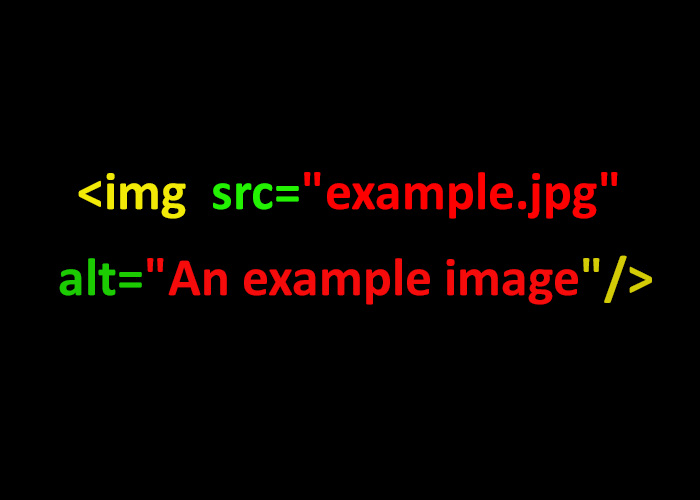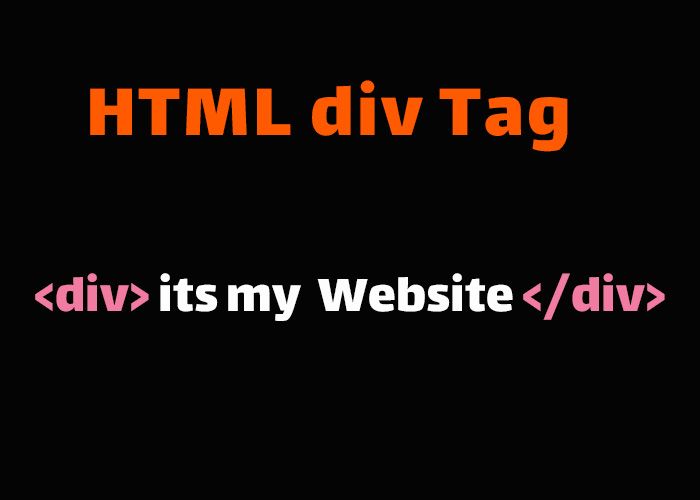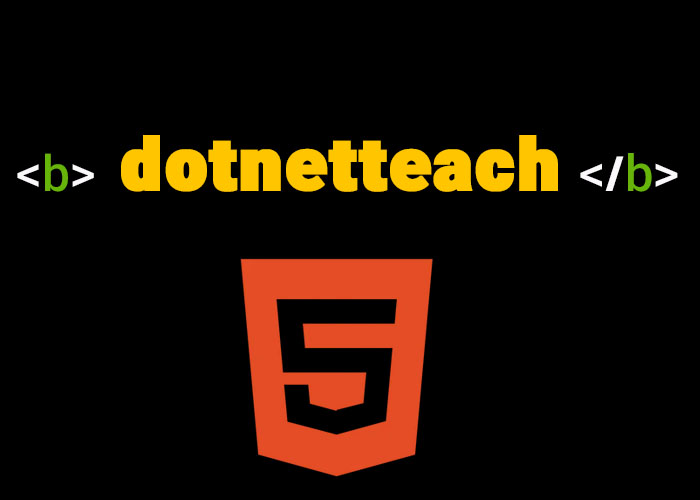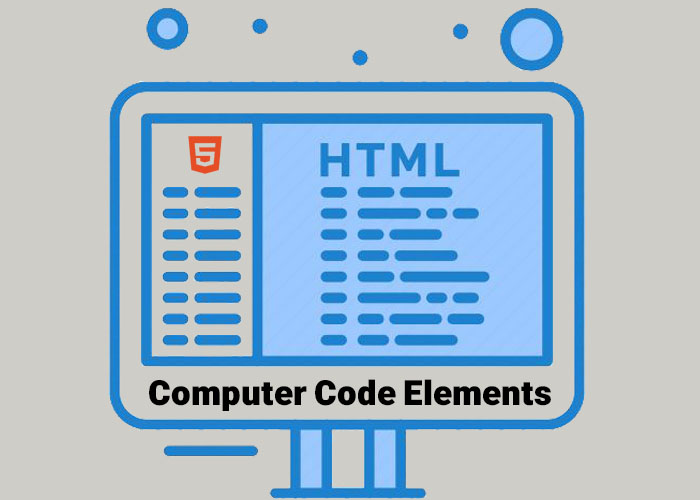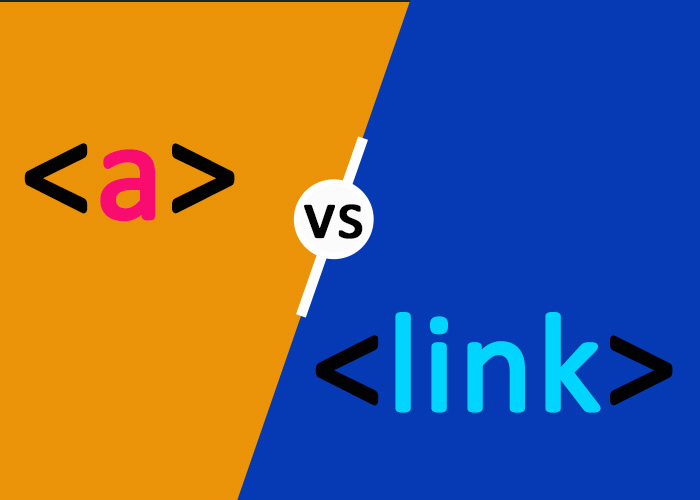The src attribute of the <img> tag specifies the path to the image displayed on a webpage. Properly understanding and utilizing the src attribute is fundamental for effective image management in web development. This guide explains how to get and manipulate the src attribute of an image element, both in HTML and JavaScript, using detailed examples. By the end of this guide, you'll confidently use image sources dynamically to improve your webpages.
Getting the src Attribute in HTML
The <img> tag in HTML includes a src attribute that defines the URL of the image you want to display. This could be a local file path or an external link to an image hosted elsewhere. Here’s an example of how to use the src attribute in an HTML file:
<!DOCTYPE html>
<html lang="en">
<head>
<meta charset="UTF-8">
<meta name="viewport" content="width=device-width, initial-scale=1.0">
<title>Get Image Source Example</title>
</head>
<body>
<img id="exampleImage" src="image/autumn.jpg" alt="An example image">
<p>The image above has its source specified using the `src` attribute, which tells the browser where to find the image file.</p>
</body>
</html>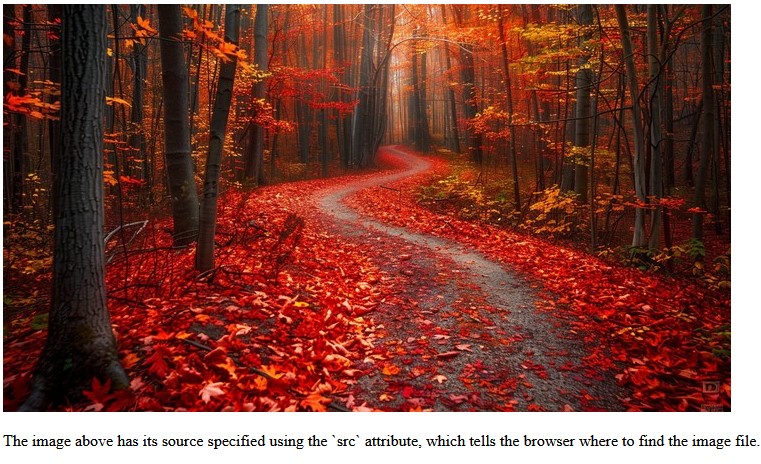
In this example, the src attribute of the <img> tag specifies the path to the image file (bodyimage/autumn.jpg). The path can be a relative path (as shown) or an absolute URL to an external image.
Getting the src Value Using JavaScript
If you want to dynamically access or manipulate the src attribute of an image, JavaScript provides an efficient way to achieve this. You can use either the getAttribute method or directly access the src property. Use getAttribute('src') to get the original value as defined in the HTML, whereas element.src returns the full URL, which may include the domain if applicable. Below is an example of how to get the src value using JavaScript:
<!DOCTYPE html>
<html lang="en">
<head>
<meta charset="UTF-8">
<meta name="viewport" content="width=device-width, initial-scale=1.0">
<title>Get Image Source Example</title>
</head>
<body>
<img id="exampleImage" src="example.jpg" alt="An example image">
<button onclick="getImageSrc()">Get Image Source</button>
<p id="output"></p>
<script>
function getImageSrc() {
const imageElement = document.getElementById('exampleImage');
const imageSrc = imageElement.getAttribute('src');
document.getElementById('output').textContent = 'Image Source: ' + imageSrc;
}
</script>
</body>
</html>In this example:
The getImageSrc() function is called when the button is clicked.
JavaScript is used to retrieve the src attribute value using getAttribute('src'), and the result is displayed in a paragraph element.
This allows you to dynamically access the image source, which can be useful in many applications, such as debugging or updating the UI based on user actions.
Direct Access to the src Property
Another way to get the src attribute in JavaScript is to directly access the src property of the image element. This method returns the complete URL of the image, even if a relative path is used in the HTML. Here’s an example:
<script>
function getImageSrc() {
const imageElement = document.getElementById('exampleImage');
const imageSrc = imageElement.src; // Direct property access
document.getElementById('output').textContent = 'Image Source: ' + imageSrc;
}
</script>Using imageElement.src directly gives you the full URL of the image, which may include the domain name if it is an absolute path. This is particularly useful when working with web applications where you need to confirm the full path to the resource, such as verifying external resource locations or debugging image loading issues.
Practical Use Cases for Getting the src Attribute
Image Galleries: You might need to dynamically display different images in a gallery or slideshow based on user actions. Retrieving the src attribute allows you to handle image transitions effectively.
Image Analysis: In applications that involve image processing or validation, you can use JavaScript to get the src and validate if the image is correctly loaded or meets specific criteria.
Interactivity: For interactive web applications, changing or retrieving image sources based on user actions can create a dynamic user experience. This is common in games, quizzes, and other engaging web elements.
Lazy Loading: You could use JavaScript to implement lazy loading, where images are only loaded when they come into view, thereby improving page load times and user experience.
Related Articles to Learn More
What is HTML? A Comprehensive Guide - For a detailed introduction to HTML and its components.
Image Tag in HTML - Learn more about using images in HTML, including attributes like alt, srcset, and how to improve accessibility.
Advanced Tips for Working with Image src
Handling Broken Links: If an image fails to load, you can use JavaScript to handle errors gracefully. Adding an onerror event to your image allows you to provide a fallback image or message when the src cannot be loaded. This can be especially useful when images are hosted on third-party servers that may not always be reliable, ensuring your page remains functional even if the image fails to load.
<img id="exampleImage" src="example.jpg" alt="An example image" onerror="handleError()">
<script>
function handleError() {
const imageElement = document.getElementById('exampleImage');
imageElement.src = 'fallback.jpg';
}
</script>Changing Image Source: You can use JavaScript to change the image source dynamically based on user actions. For example, in an image gallery, you can change the src attribute to display different images when a user clicks on thumbnails.
<button onclick="changeImage()">Change Image</button>
<script>
function changeImage() {
const imageElement = document.getElementById('exampleImage');
imageElement.src = 'new-image.jpg';
}
</script>These advanced tips will help you build more interactive and user-friendly web pages, leveraging the power of JavaScript to manipulate images dynamically.
Conclusion
Getting the src attribute of an image in HTML is straightforward, and JavaScript makes it easy to work with dynamically loaded content. Whether you are creating a static HTML page or adding interactivity to your website, understanding how to manipulate image sources is a key skill for effective web development. This knowledge allows you to build richer and more responsive user interfaces.
Do you have any favorite use cases for getting or modifying image src values? Feel free to share your insights or questions in the comments below! We would love to hear how you use these techniques in your projects.
